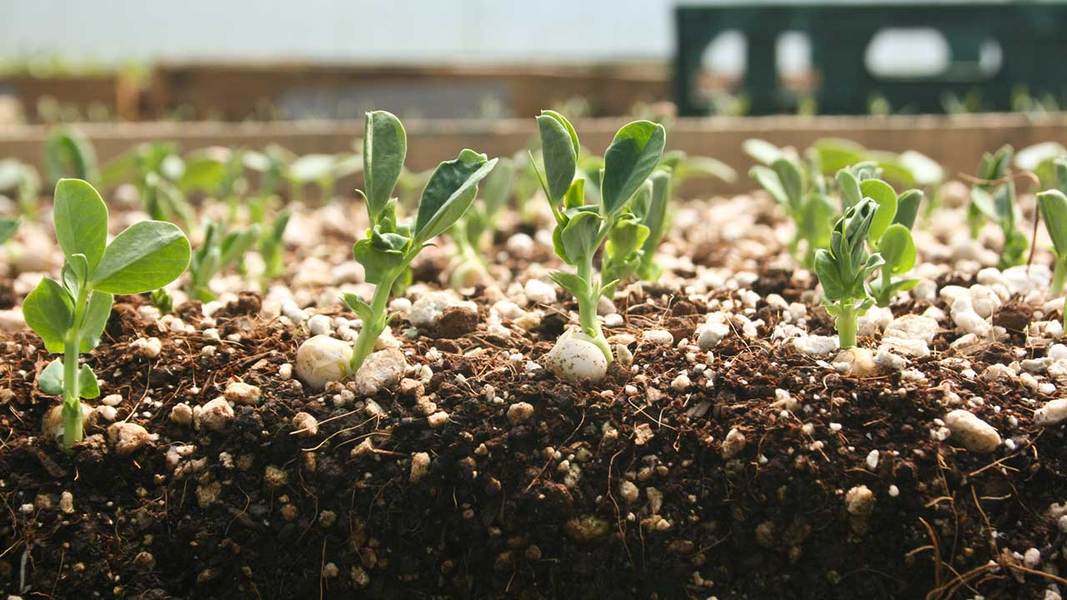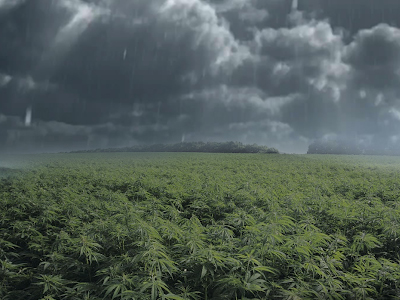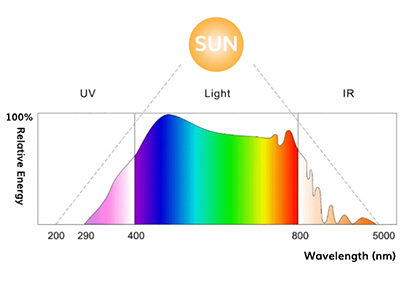
Light is essential for the healthy growth and development of any plant. How to choose the right plant light for plants and seedlings?
The activity of photosynthesis depends on the amount of light energy, so plants will develop, flower and bear fruit.
If indoor plants receive enough light in spring and summer, they will be in severe shortage in winter. Indoor flowers and seedlings lack solar energy. The seedlings in February and March grow slowly, are within reach, often get sick and wither. You can't expect a good harvest with this seedling.
Today, this problem is easy to solve, because there are already a large number of plant lights designed for growing plants. With their help, you can easily extend the daylight hours and grow healthy plants, which will not only be pleasing for their decorative properties, but also make lush flowers and even fruits pleasing.
How to choose a plant light
Plant lights are divided into fluorescent lights, gas rechargeable lights and LED lights.
Fluorescent lamps have long been used for plant lighting. Their main advantages are good light output, low heat generation, high efficiency and low cost. The main disadvantage is the harm they cause to humans and animals. The light spectrum of these lights greatly affects vision and may cause headaches and even allergies.
Gas rechargeable lamps are classified into metal halides, mercury and sodium. Metal halides are very suitable for use in greenhouses. They are very hot and both glow and glow. This type of light is installed at a distance of at least 60 cm from the growing plants. If it gets wet, the lamp may explode. Moreover, the disadvantages include their high cost and short life.
Mercury gas discharge lamps are usually only used in greenhouses. Their radiance is ideal during the growing season, fruit formation and ripening period. They are compact in size. Disadvantages include too strong ultraviolet radiation. In addition, you need to be extra careful when using mercury lamps-the integrity of the glass bulb must be monitored.
The spectrum of the sodium lamp is closest to the sun. They have high luminous efficiency, are cheap and quite economical. The lamp life is 120,000 to 20,000 hours. Generally, sodium lamps are used in the reproductive phase of plant growth. Their light is red, which promotes flowering and fruit formation. When used in the vegetative growth phase, the seedlings may elongate.
LED plant lights may be the best choice for indoor plants and seedling growth. Since LEDs of different spectra are used in a single lamp, they can best meet the needs of plants.
In addition, LED lights are different:
Good light output and efficiency;
Slight heating;
Economy;
Durability;
Easy to use;
Environmentally friendly;
The only disadvantage of LED lights is their price. But because of their low power consumption and long service life, they can quickly pay for themselves.
Facts have proved that plant lights for plants grown at home or in greenhouses are irreplaceable. Thanks to her, we can enjoy the flowering of plants, the growth of strong seedlings, and the joy of harvesting abundant vegetables and vegetables regardless of the season and sunshine activities.
How to install plant lights
When installing plant lights, you need to know:
· The average distance between equipment and plants should be between 25 and 40 cm;
· The light should be directed from top to bottom like the sun;
· To illuminate a square meter of plants, you need a lamp with a power of at least 70 watts.
Where can I buy plant lights
Plant lights for indoor plants and seedlings can only be purchased in specialized stores. Generally, they have the most abundant lamps. The consultant will consider the characteristics, financial capabilities and operating conditions of your plants to help you choose equipment. All plant lights will enjoy a long-term warranty. If necessary, the purchased goods will be delivered to the designated address.























